Speaker
Description
The constructive and destructive interference of infrared light in detector arrays, used in both ground-based and space-based infrared astronomical instruments, is a complex and impactful systematic to characterise. For broadband imaging the interference can enlarge the instrument point spread function significantly, while for medium-to-high resolution spectroscopy it can introduce a large amplitude modulation on the spectral baseline, which is unresolved in low-resolution spectrometers. Correction of this effect has usually consisted of empirical corrections using tailored observations of calibration lamps and celestial standards, resulting in a significant investment in operation time as well as a higher mission cost. Despite the effect manifesting in complex ways, it is possible to model it using as input the physical properties of the detector-constituting layers. This can provide an initial estimate for the magnitude of the systematic effect, as well as allow to better understand the optical behaviour of the detector-plus-instrument system as a whole. As part of my research I have modelled the interference in the detector arrays of the James Webb Space Telescope (JWST) Mid-Infrared Instrument (MIRI). This work has shed light on a list of seemingly unrelated calibration issues, which turned out to be facets of the same underlying phenomenon. In hindsight, the availability of a generic tool to model the interference in the detector layers would have had a non-negligible impact on the optical design of MIRI. Future generation infrared instruments can benefit greatly from a better understanding of the interaction between infrared light and detector structures; we can use the knowledge gained over decades of infrared instrumentation to provide to the community the necessary tools to address this important issue.
